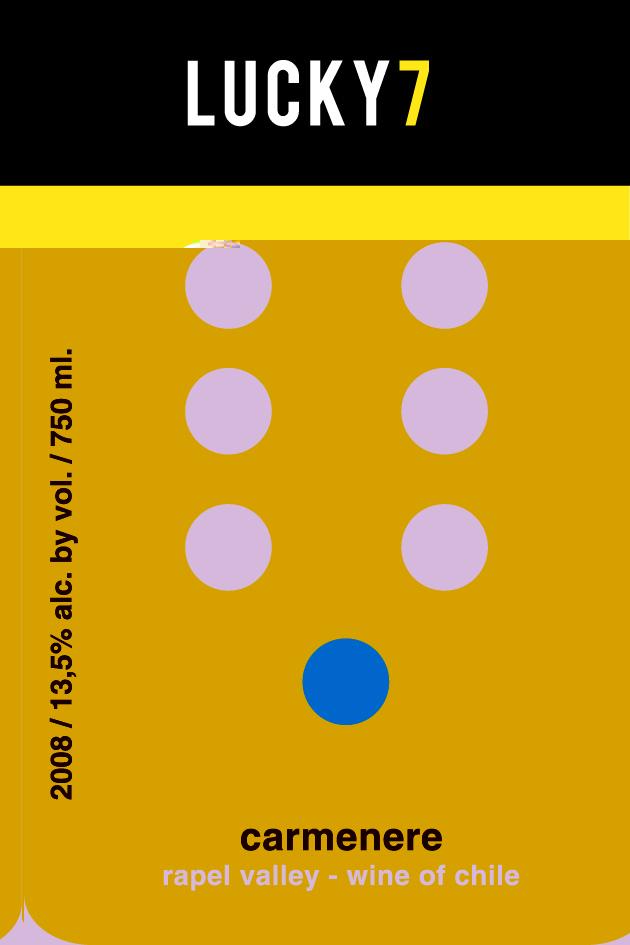2008 Rapel Valley Carmenere
Lucky7 Lucky7 is a captivating 2008 Carmenere from the esteemed Rapel Valley, known for its lush and vibrant red wines. This full-bodied gem boasts a prominent acidity that brings brightness and liveliness to each sip, making it an exceptional companion for rich dishes. The fruit intensity is striking, showcasing luscious notes of dark berries and blackcurrant, intertwined with hints of spice and herbal undertones that add depth to its character. Tannins are notable yet smooth, offering a structured mouthfeel that enhances the wine's overall elegance. With a pleasingly dry finish, this wine embodies the essence of the Rapel Valley, inviting you to experience its rich heritage and delightful complexity.
Lucky7 Lucky7 is a captivating 2008 Carmenere from the esteemed Rapel Valley, known for its lush and vibrant red wines. This full-bodied gem boasts a prominent acidity that brings brightness and liveliness to each sip, making it an exceptional companion for rich dishes. The fruit intensity is striking, showcasing luscious notes of dark berries and blackcurrant, intertwined with hints of spice and herbal undertones that add depth to its character. Tannins are notable yet smooth, offering a structured mouthfeel that enhances the wine's overall elegance. With a pleasingly dry finish, this wine embodies the essence of the Rapel Valley, inviting you to experience its rich heritage and delightful complexity.




